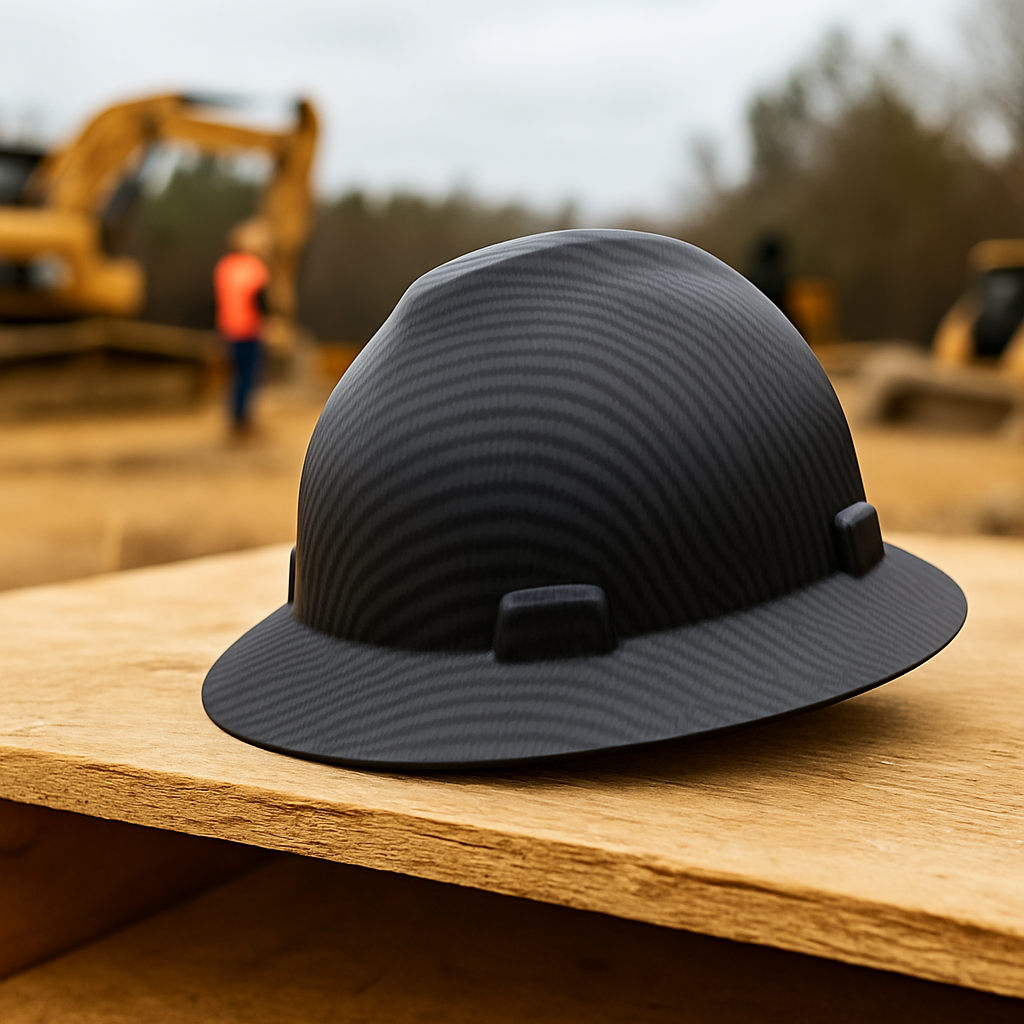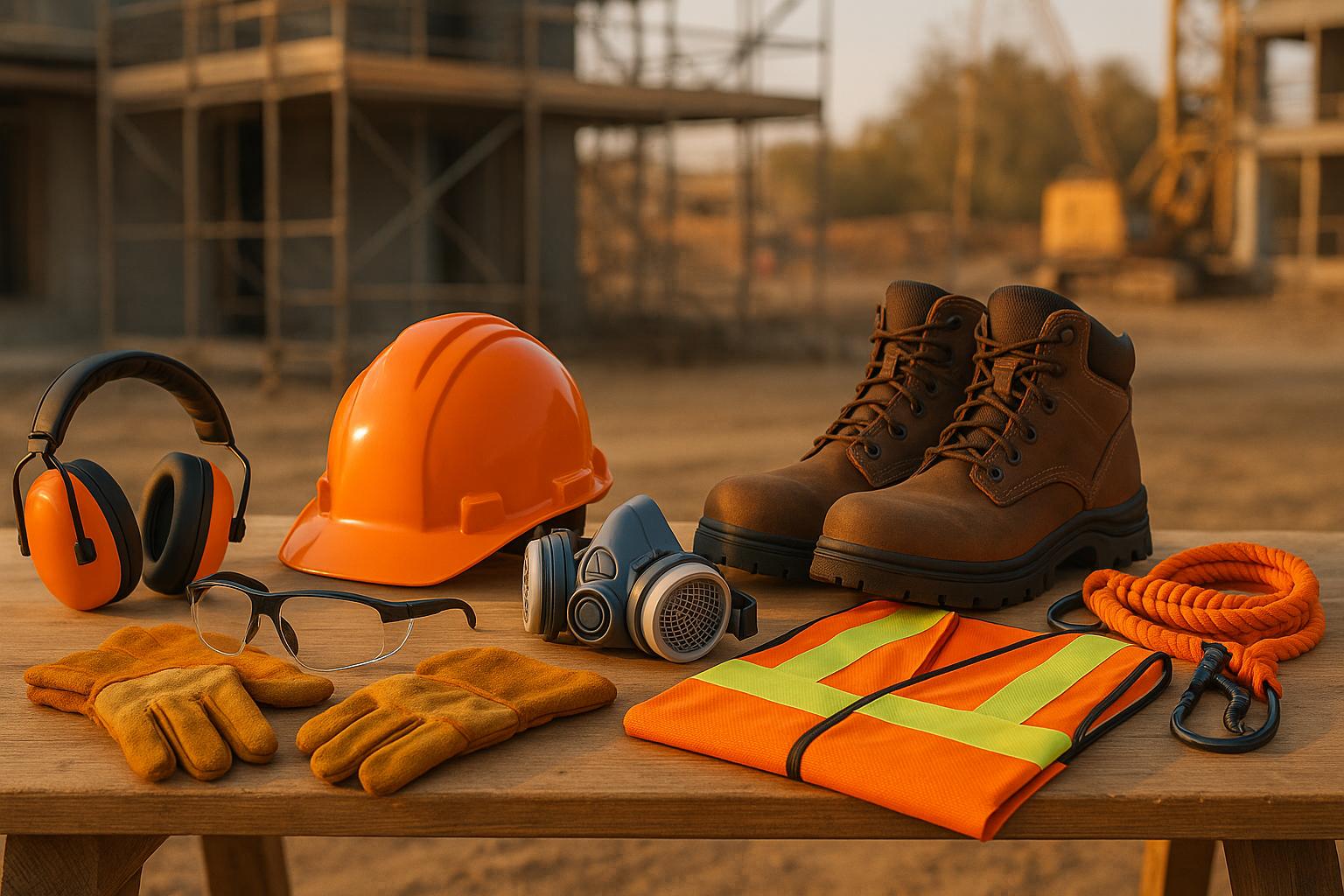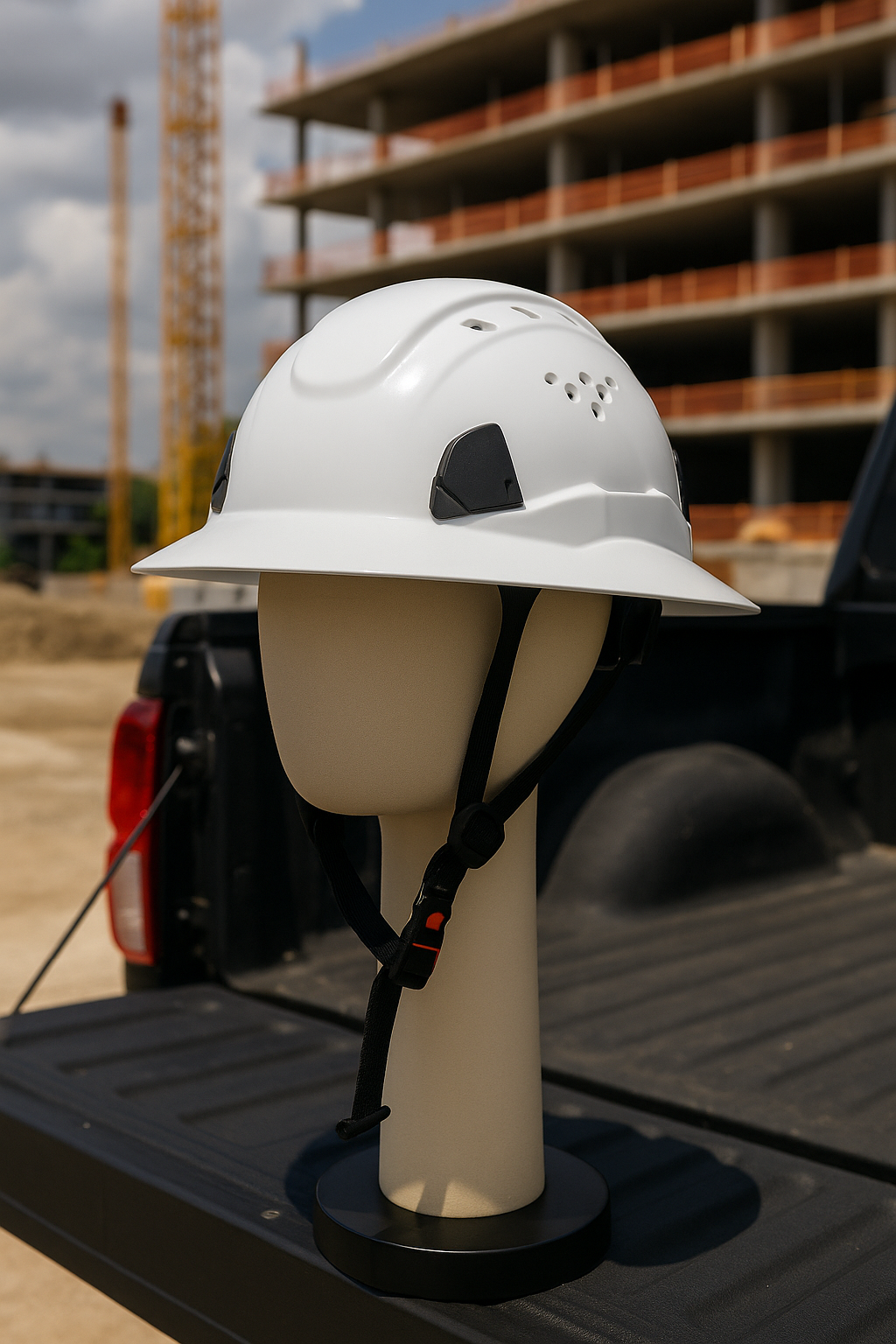2025 Guide to Choosing the Right Hard Hats: Materials, Ratings, and Fit
2025 Guide to Choosing the Right Hard Hats: Materials, Ratings, and Fit
When it comes to protecting your team’s most vulnerable asset, their head, getting the proper hard hat isn’t optional. In 2025, evolving safety standards, new OSHA direction, and advances in materials mean you need more than “just any helmet.” This guide walks you through everything contractors, general contractors, and safety managers need to know to pick the right hard hat: ratings, shell materials, fit, inspection, and deployment strategy.
1. Regulatory & Industry Updates for 2025
1.1 OSHA’s Head Protection / Helmet Bulletin
OSHA’s Safety & Health Information Bulletin on Head Protection clarifies that head protection must address specific hazards — not just offer generic protection. There's also a shift in terminology from “hard hats” to “safety helmets,” which signals a broader expectation for head protection solutions.
1.2 New PPE Fit Rule Effective 2025
As of January 2025, OSHA’s new final rule requires that PPE must be selected to properly fit each worker. This includes head protection. Read more in the official announcement from Fisher Phillips.
1.3 ANSI / ISEA Z89.1 Revisions
The ANSI/ISEA Z89.1 standard defines performance requirements for hard hats. For an in-depth breakdown of current and evolving standards, check this ANSI guide.
2. Hard Hat / Helmet Types & Classes (Ratings Explained)
2.1 Impact Protection: Type I vs. Type II
-
Type I: Protects against vertical (top-down) impact.
-
Type II: Adds protection from lateral (side, front, back) impacts.
2.2 Electrical Protection: Classes G, E, C
-
Class G: General, tested to 2,200 volts.
-
Class E: Electrical, tested to 20,000 volts — for high-voltage work.
-
Class C: Conductive, offers no electrical protection — suited for well-ventilated, non-electrical sites. Learn more from Bullard’s ANSI guide.
2.3 Additional Labels & Markings
Modern helmets often include:
-
HV (high visibility)
-
LT (low temperature)
-
Reverse donning arrows
-
Manufacturer date, ANSI compliance code, and impact indicators
3. Materials & Construction
3.1 Common Shell Materials
-
HDPE: Strong, affordable, UV-resistant
-
Fiberglass: Heat and chemical-resistant
-
Carbon Fiber / Polycarbonate: Lightweight, high-performance
3.2 Suspension & Retention Systems
For comfort and safety, explore ratchet suspensions, chin straps, and cushioned pads. Learn more about modern helmet suspension systems via MSA Safety’s breakdown.
3.3 Additional Features
-
Accessory compatibility (face shields, ear protection)
-
Vents (non-electrical only)
-
Reflective strips, cooling liners, and custom logos
4. Fit, Comfort & Compliance
4.1 Fit Assessment Tips
Ensure:
-
1–1.25” clearance from head to shell
-
Chin strap is snug but not tight
-
Proper shell size for head circumference
OSHA’s updated bulletin includes tips on proper helmet fit.
4.2 Boosting Worker Buy-In
Offer helmets with:
-
Adjustable suspension
-
Lightweight designs
-
Integrated sweatbands or venting
4.3 Inclusive Sizing
The new OSHA fit rule means you must offer small and large-size helmets for proper coverage. Especially important for diverse crews with different head shapes and sizes.
5. Inspection, Maintenance & Replacement
5.1 Pre‑Use Inspection Checklist
-
Cracks, dents, fading
-
Suspension wear or fray
-
Loose or missing chin strap
Refer to DuraLabel’s inspection guide for a printable checklist.
5.2 Cleaning & Storage
Use only mild soap and water. Avoid high-heat storage or stacking under heavy loads.
5.3 When to Replace
-
After any impact
-
Shell: every 5 years
-
Suspension: every 12 months
For more, check Ergodyne’s replacement timeline.
6. Choosing the Right Hard Hat for Your Site or Trade
Match your PPE to the environment:
-
Construction: Type I, Class G
-
Electricians: Class E, non-vented
-
Confined spaces: Type II, chin strap-equipped
-
Heat & chemicals: Fiberglass shell
For additional context, see TCI Magazine’s PPE lifecycle guide.
7. How to Roll Out a Hard Hat Upgrade Program
-
Start with a jobsite hazard audit
-
Pilot new helmets with one team
-
Train on new fit/adjustments
-
Develop a replacement cycle based on inspection feedback
-
Create buy-in with worker input
Conclusion & Key Takeaways
Choosing the right hard hat in 2025 is essential for legal compliance and on-site safety. From Type/Class ratings to new retention systems and inclusive sizing, contractors and safety managers must act now to stay ahead. Audit your gear. Replace outdated units. Train your teams. Protect every head on your site.
FAQs
Q: What’s the difference between a hard hat and a safety helmet?
A: Safety helmets are typically modernized hard hats with more features: better side protection, retention straps, and integration with face or hearing protection. Learn more from MSA’s innovation blog.
Q: Can I use vented hard hats near electricity?
A: No. Vented helmets are not rated for electrical hazards. Use Class E-rated helmets instead.
Q: How often should I replace a hard hat?
A: Most manufacturers suggest 5 years for shells and 12 months for suspension — or immediately after impact. Details at Ergodyne.
Q: Do chin straps matter?
A: Yes, they prevent helmets from falling off during falls, awkward movements, or high-wind conditions. Future ANSI updates may require chin straps in some environments.
Q: How do I read labels inside the hard hat?
A: Look for ANSI/ISEA standard, manufacture date, type/class rating, and size. These ensure the helmet meets required protection levels.


